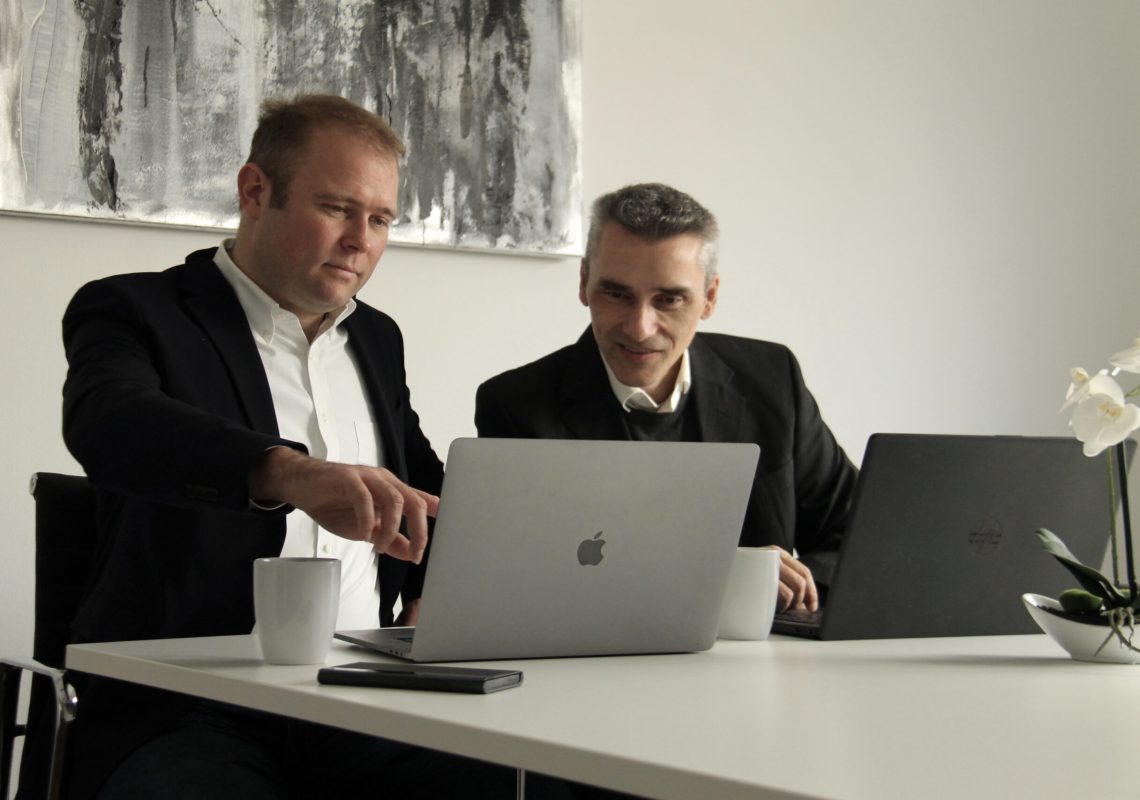Agile methodologies have reshaped the landscape of software development, emphasizing collaboration, adaptability, and responsiveness. However, integrating Agile practices into fixed-price projects presents unique challenges. In this article, we explore the nuances of measuring success in Agile software development within fixed-price constraints, offering insights into key metrics and indicators crucial for project evaluation and stakeholder satisfaction.
- Navigating Agile Software Development within Fixed-Price Projects:
Agile principles prioritize iterative progress and customer feedback, while fixed-price contracts demand clear scope definitions and budget constraints. Combining these approaches requires a delicate balance and effective project management strategies. - Key Metrics for Success in Agile Software Development:
a. Velocity: Measure the rate at which Agile teams deliver value through working software increments. Tracking velocity helps identify productivity trends and potential bottlenecks.
b. Burn-Up Charts: Visualize project progress against the total scope, enabling stakeholders to gauge whether the project is on track.
c. Quality Metrics: Assess software quality through metrics like defect density and customer satisfaction scores.
d. Cycle Time: Measure the time taken for tasks to move from inception to completion, enhancing efficiency and reducing risks. - Indicators of Project Health and Stakeholder Satisfaction:
a. Scope Flexibility: Agile methods accommodate changing requirements, demonstrating project resilience and customer-centricity.
b. Stakeholder Engagement: Foster trust and alignment through regular communication and feedback loops.
c. Predictability: Utilize forecasting techniques to manage expectations and mitigate risks. - Best Practices for Success:
a. Clear Communication: Maintain transparency through regular updates and stakeholder engagement.
b. Iterative Planning: Adapt plans based on evolving requirements and market dynamics.
c. Continuous Improvement: Encourage a culture of learning and growth within the project team.
Conclusion
Measuring success in Agile software development within fixed-price projects requires a balanced approach that considers flexibility, predictability, and stakeholder satisfaction. By leveraging key metrics, adopting best practices, and fostering continuous improvement, organizations can navigate the complexities of Agile software development while delivering value within fixed-price constraints.




